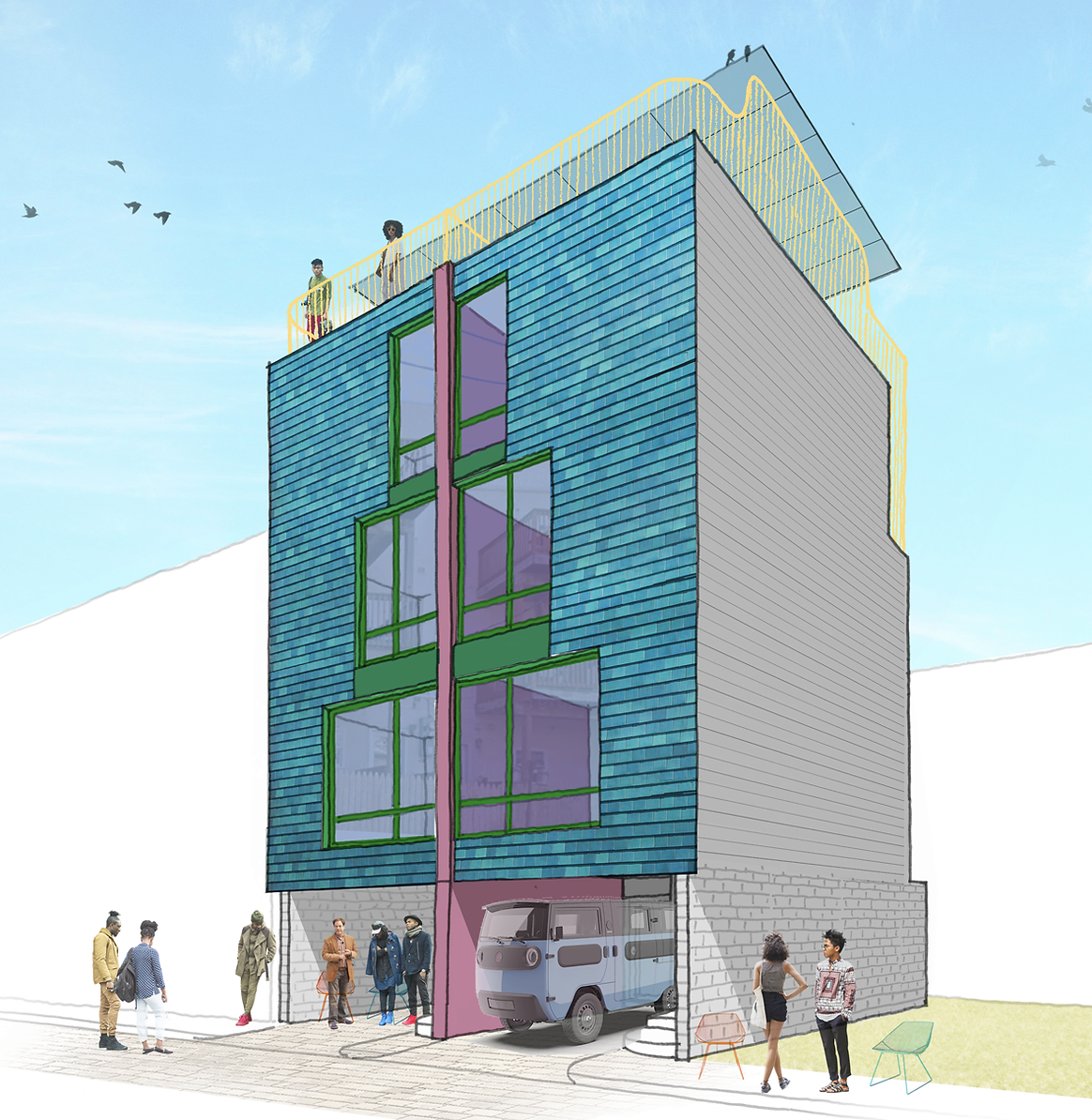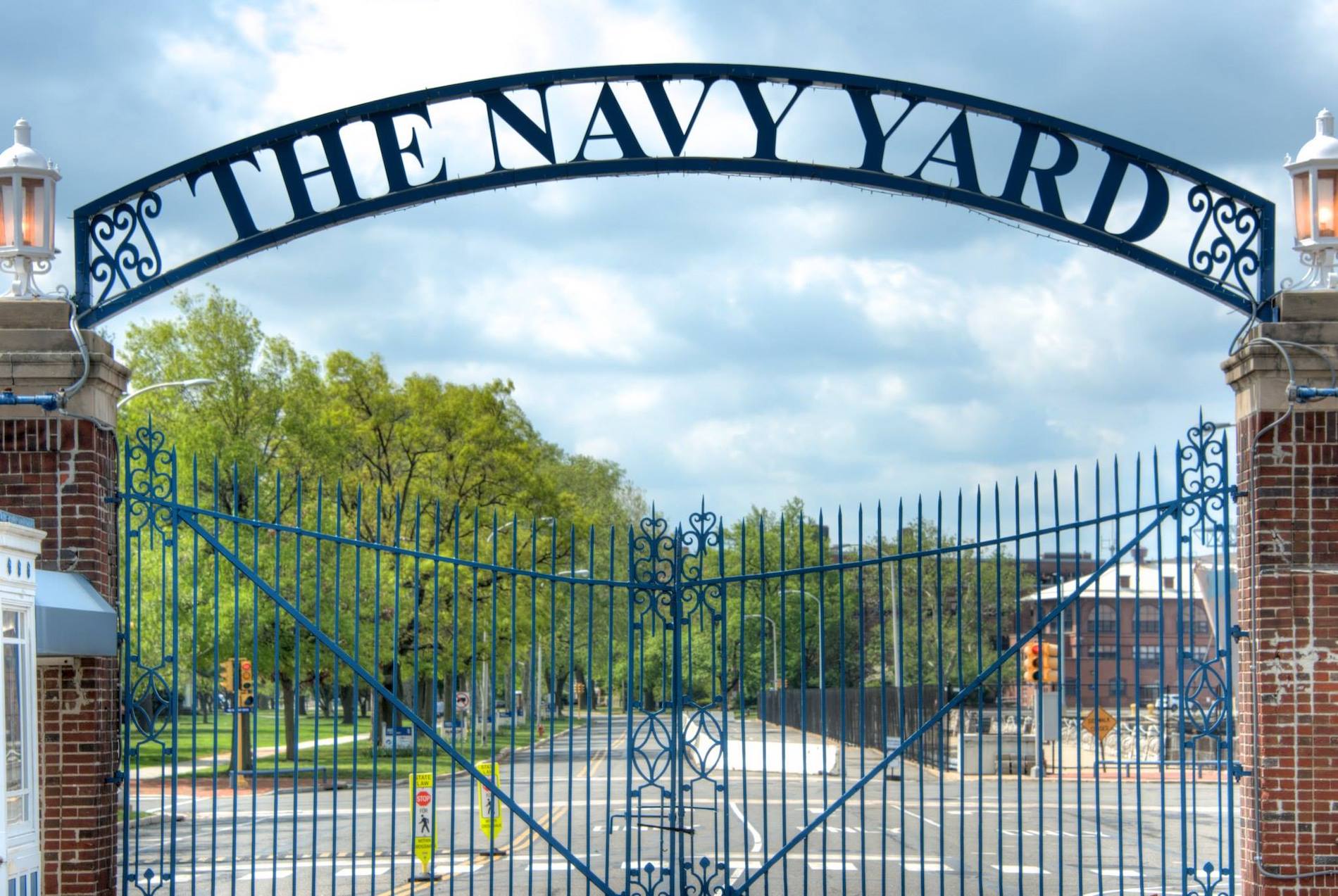architecture
The Secret Life of Buildings: Gilded Era Landmarks in Philadelphia
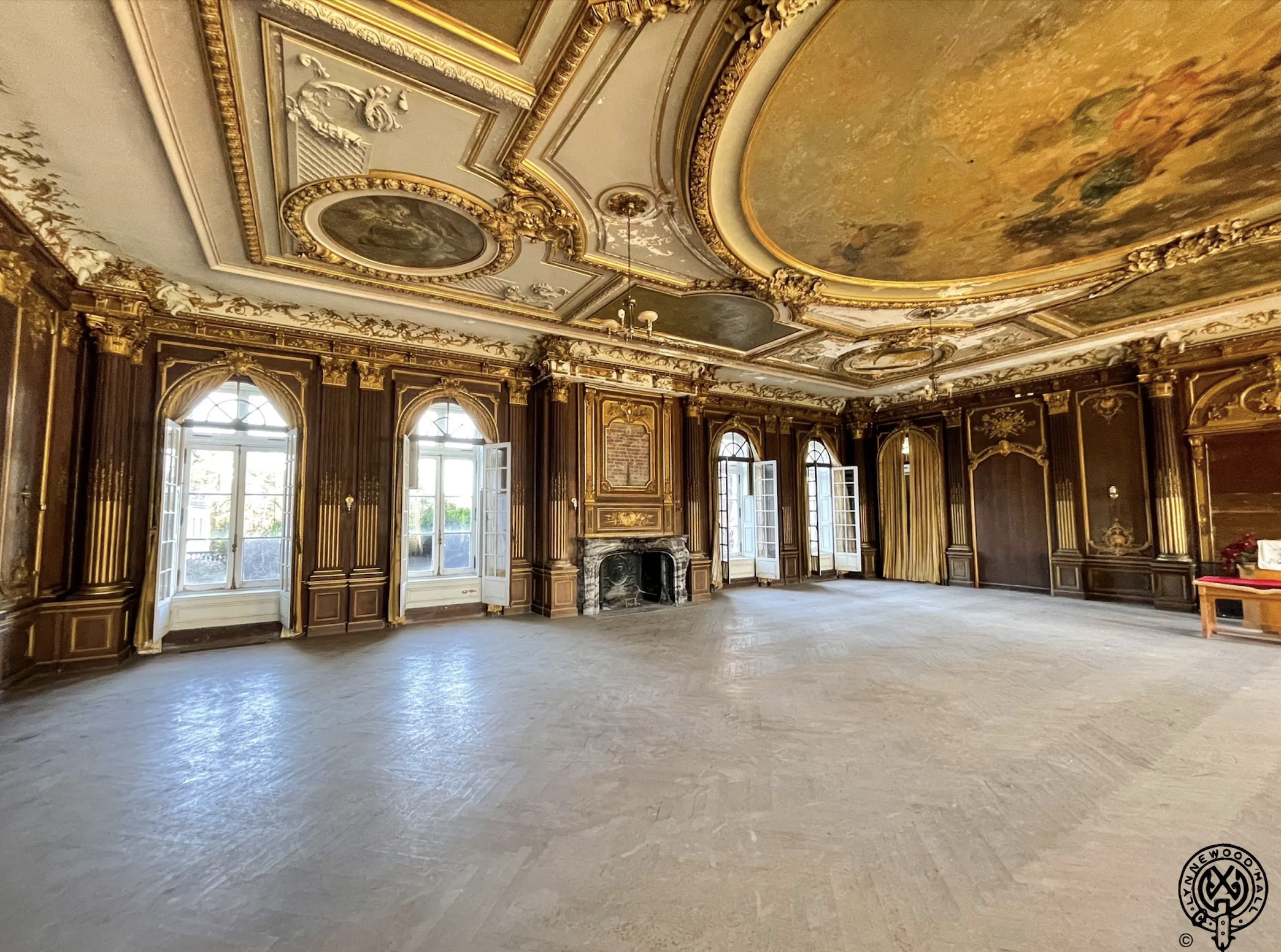
From the 1870s to 1910, Philadelphia flexed its industrial muscles, generating a new class of elites: Robber Barons, railroad and steel magnets, real estate developers, and business tycoons. Eager to display their wealth, they engaged the leading architects of their day to design lavish estates and palaces of culture to rival those of Europe. Come with us on a tour of Gilded Age landmarks that remain beautifully preserved in Center City and the surrounding suburbs.
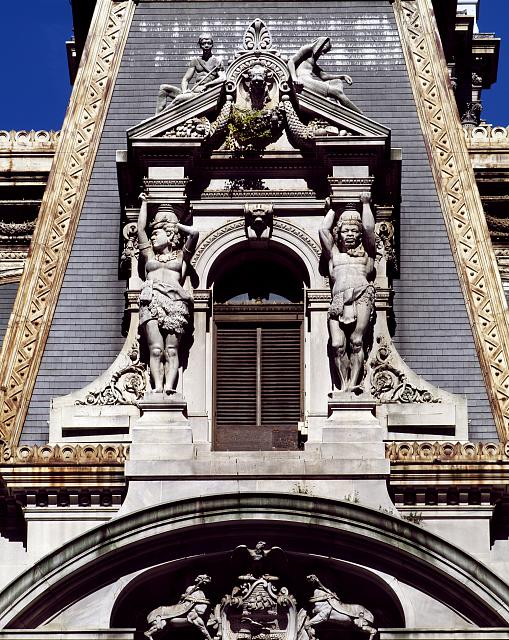
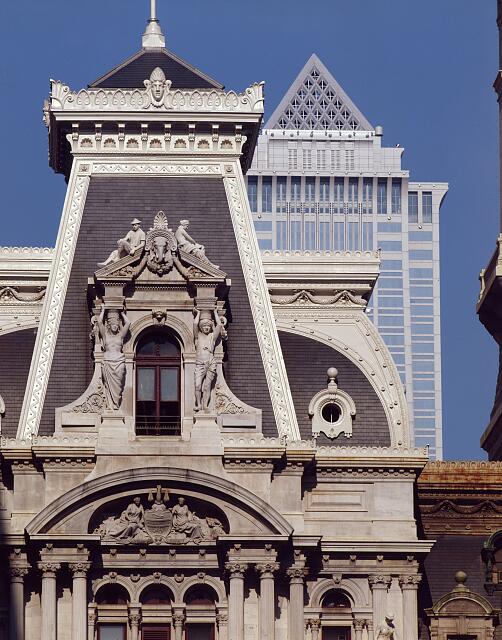
City Hall, Broad & Market
City Hall, the intricate and iconic building that turns driving into a white knuckle competition is a prime example of Gilded Age architecture. William Penn planned it in the 17th century, but it took 200 years to happen and another 30 years to be completed. Designed by John McArthur in Second Empire style in 1871, all of City Hall’s 250 sculptures were designed by Alexander Milne Calder, including the 27-ton statue of William Penn atop the tower. (Yes, Calder is the grandfather of contemporary sculptor Alexander Calder.)
At 548 feet high, City Hall was the tallest structure in the world until 1908 and remained the tallest building in Philly until 1986. However, it is still the largest municipal building in the United States. Regardless of how you feel about its exterior design, the inside of City Hall is worth seeing for its Gilded Era grandeur. For guided tours, including City Hall Tower, visit the Philly Visitor Center. You can also read more about City Hall and its history in our feature here.
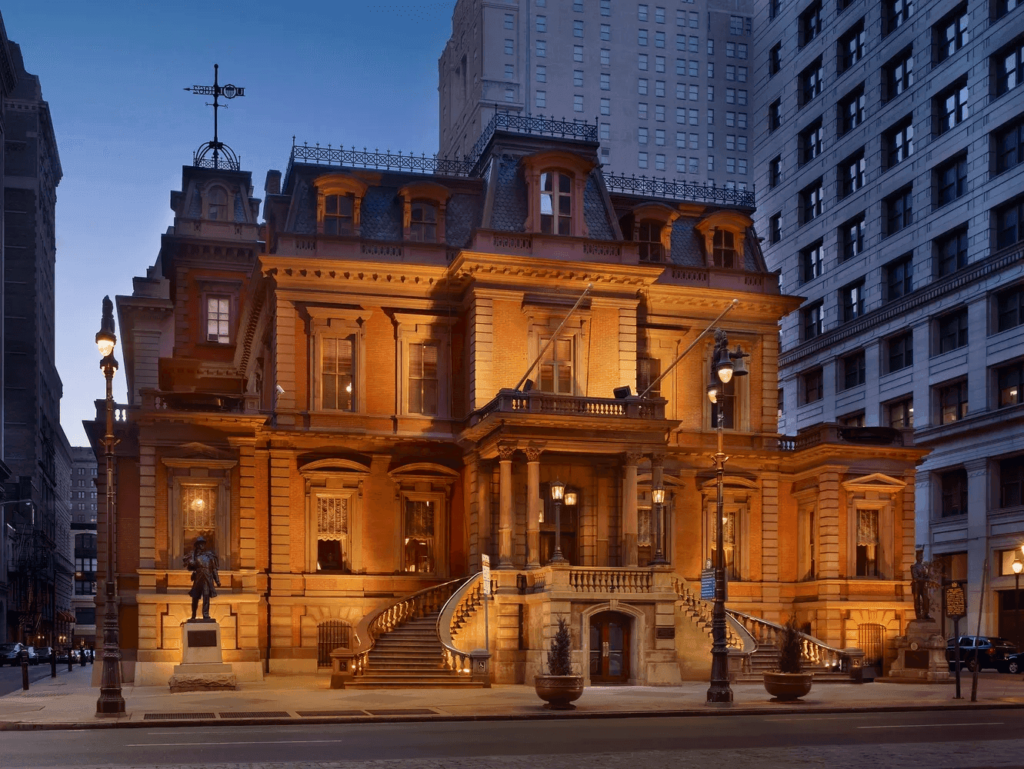
Union League, 104 S. Broad St.
The curving double stairs at the entrance to the Union League announce an era where form no longer followed function but instead announced opulence. Originally designed by John Fraser in Second Empire style in May 1865, additions in the Beaux-Arts style were made in 1905 by Horace Trumbauer, expanding it to a full city block. Added to the National Register of Historic Places in 1979, the Union League is one of the few existing buildings that reflects the architectural elegance of Broad Street during the Gilded Age. Its exterior and interior grandeur were meant to showcase the power and wealth of the City’s industry scions. It closely resembles the same style of architecture used in Paris at that time.
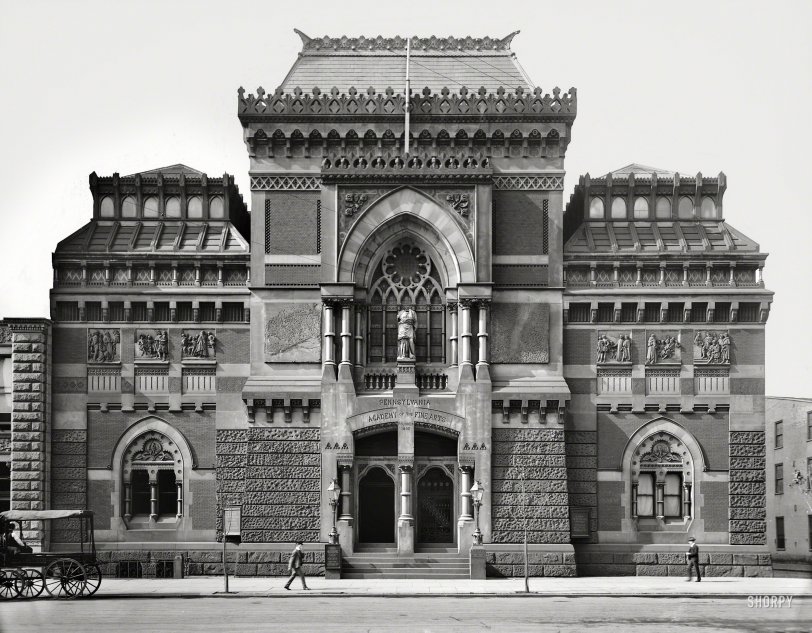
Pennsylvania Academy of Fine Arts (PAFA), 118 N. Broad
The oldest art academy and museum in the nation, PAFA was designed by Frank Furness and George Hewitt in the Gothic Revival style in 1871-1876. Here, is an opportunity to literally step inside the elegance of the Gilded Age and marvel at the beauty of the Museum’s second floor with its gilded walls, stained glass windows, cathedral arches, vintage light fixtures, and marble floors. Plus, it showcases American Art. It’s no surprise that PAFA is one of the City’s most popular wedding and event venues.
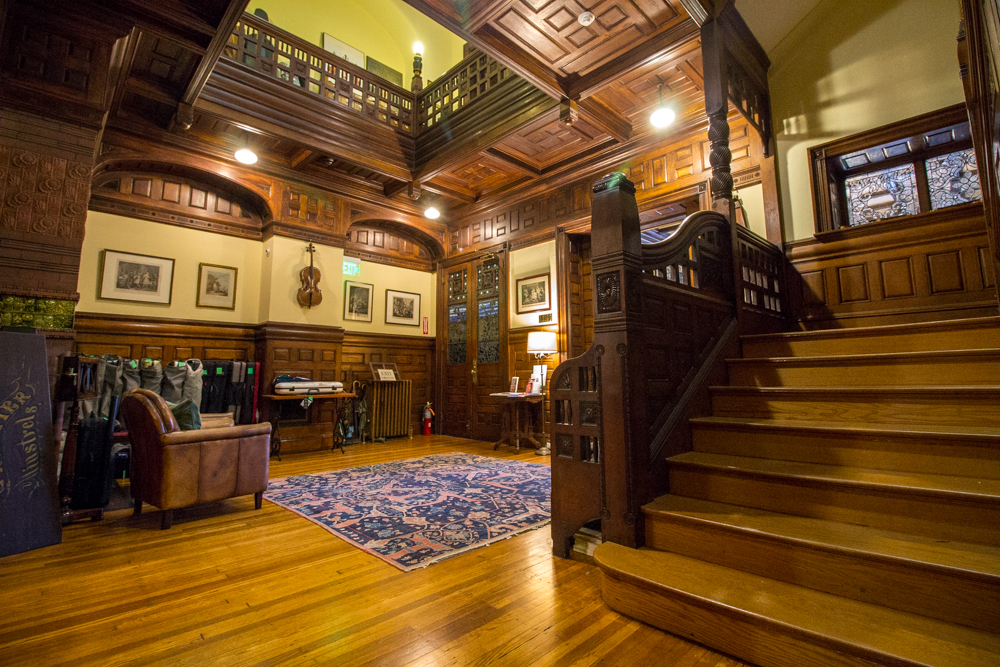
Lippincott Mansion, 507 S. Broad
Built in 1886 and designed by architect George Pearson, this magnificent mansion was originally the home of James Dundas Lippincott and his wife Alice. It is one of the last remaining mansions of South Broad Street’s “Millionaires Row.” The grand home was once owned by religious leader Father Divine. Since 2008, it has been the showroom and workshop of Frederick Oster’s Vintage Instruments. (This is where the Rolling Stones come to check out a new guitar.) Amazingly, all of the original architectural grandeur is intact. The interior woodwork was milled and carved from oak, chestnut, and mahogany. The stunner? A 10 x 20-foot stained glass skylight can be seen from every floor due to the mansion’s atrium design.
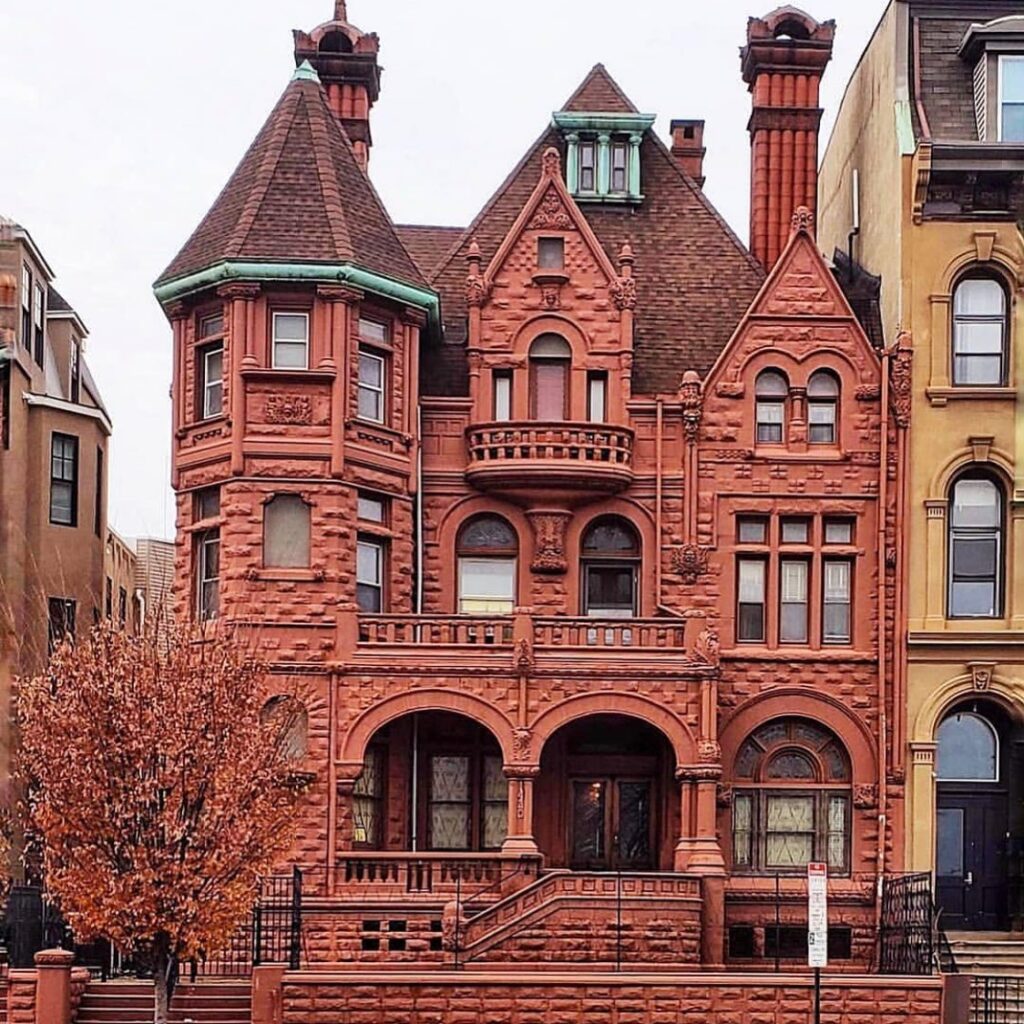
Ellis Mansion, 1439 N. Broad
If you wanted to own a Gilded Age property you had your chance this past May when the mansion, originally owned by streetcar magnate Charles T. Ellis was sold at auction. It was designed by William Drecker in a mix of Romanesque, Gothic, and Classical elements and constructed in 1890 when North Broad Street was a prestigious address. In 1952, it became another home of Father Divine who invested heavily in real estate and whose organization retained ownership until the recent auction.
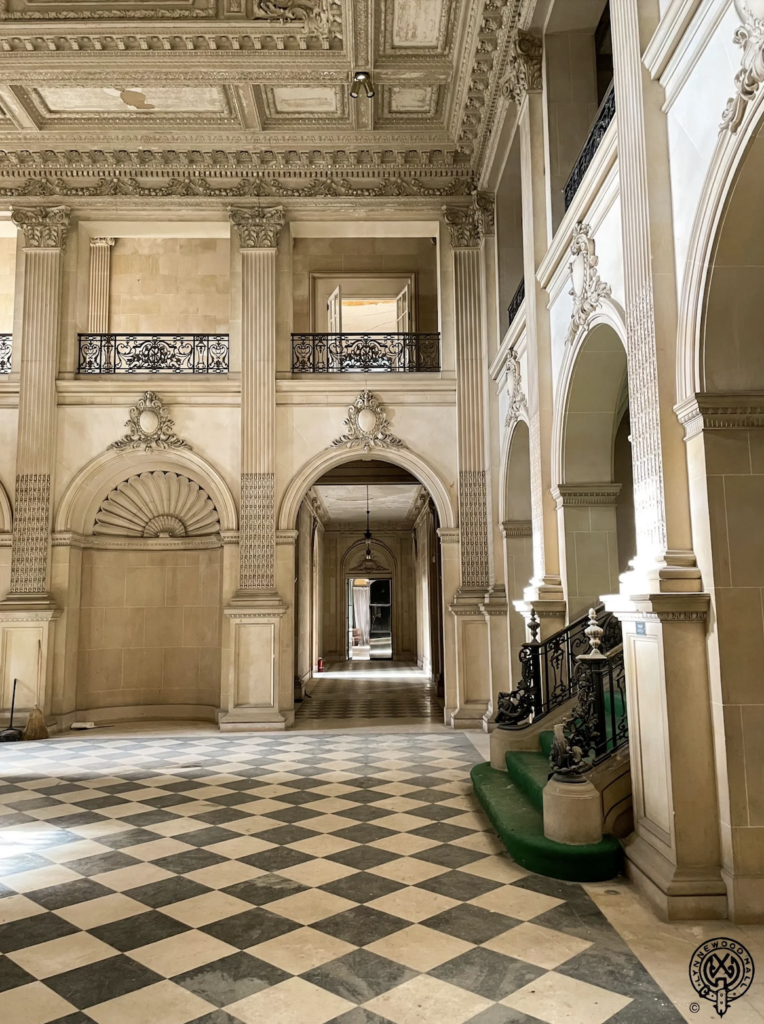
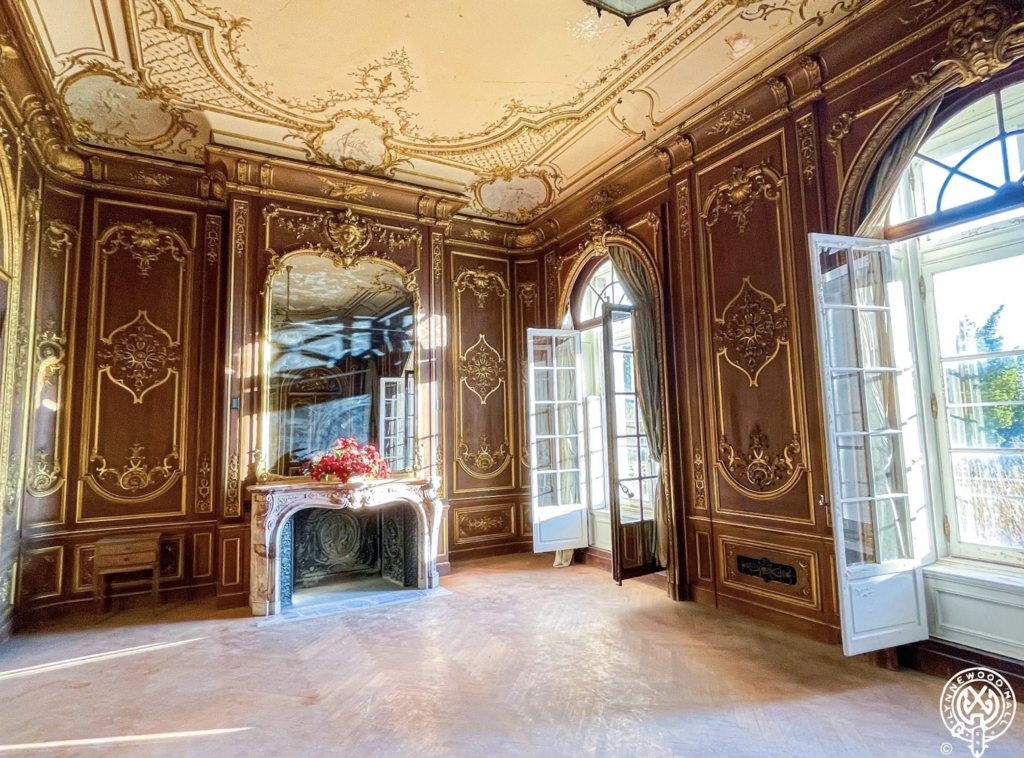
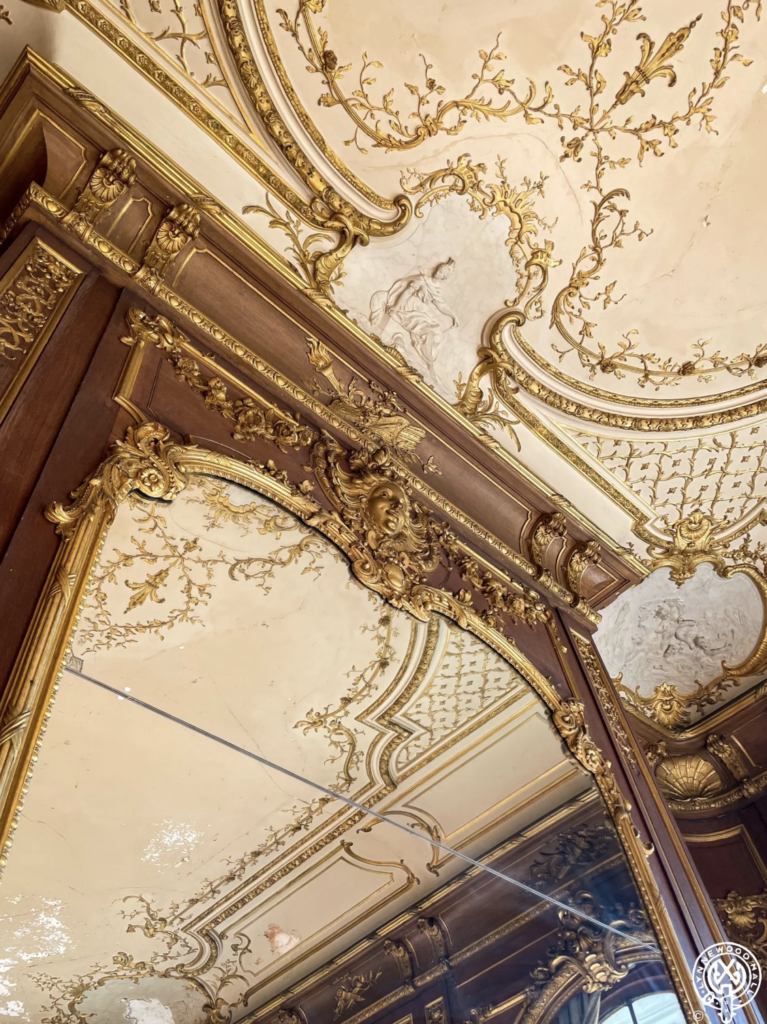
Lynnewood Hall, 920 Spring Ave, Elkins Park
With 110 rooms, this is the largest surviving Gilded Age mansion in the Philadelphia area. Designed by Horace Trumbaurer in the Neo-Classical Revival style when he was only 29 for Peter Widener, founder of the City’s trolley lines and one of the 40 richest men in America of his time. Built-in 1897-1900 in limestone, the gigantic mansion was dubbed “the last of the American Versailles.” Note: Some of the furniture at Lynnewood Hall actually came from the Palace of Versailles!
Supposedly, Widener instructed Trumbaurer to create a home where his children would be “comfortable.” Somehow, that resulted in 55 bedrooms, an immense art gallery, a ballroom large enough for 1,000 guests, a swimming pool, wine cellars, a farm, carpentry and upholstery studios, and an electrical power plant. This required a house staff of 60, plus another 60 full-time gardeners.
All of this opulence foreshadowed a great tragedy when, in 1912, Widener’s son and grandson were among the passengers who died on the Titanic. Three years later Weidener died and his invaluable art collection was gifted to the National Gallery. The estate’s 480 acres were whittled down to 33, making way for the development of Lynnewood Gardens Apartments as well as a separate development of single homes.
Shrouded in grief, the Widener family moved out in the 1940s and the estate changed hands several times and became vacant and overgrown until the Lynnewood Hall Preservation Foundation was established in 2022 with the goal of restoring it to its former breathtaking glory. In June 2023, the house’s sale was completed, and ownership passed to the nonprofit Lynnewood Hall Preservation Foundation. Their plan calls for restoration of the estate’s formal gardens which are to be open to the public as well as historic restoration of Lynnewood Hall for educational purposes.
These are just a sampling of Philadelphia’s Gilded Age architectural treasures. For information about walking tours, contact The Preservation Alliance, Virtuoso, or try a Self-Guided Walking Tour.
This article is part of a series titled “The Secret Life of Buildings” where we cover the history and architecture behind Philadelphia’s storied buildings. We’ve written about row house styles, courtyards, and star bolts, among other topics. What else would you like to learn about? Follow us and DM us on Facebook or Instagram to let us know!






